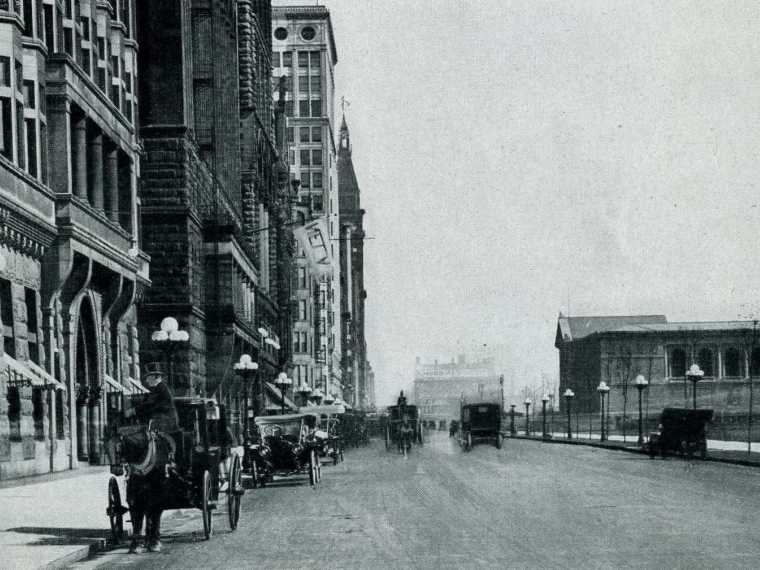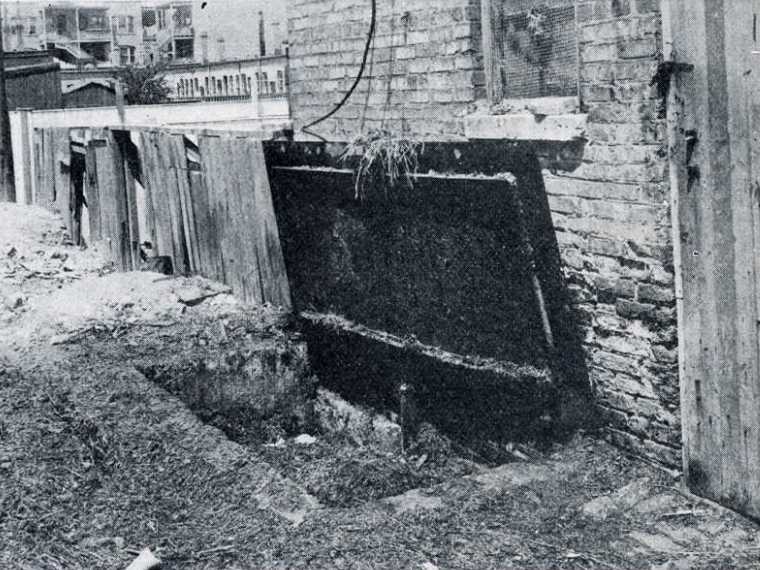In 1900 there were only 377 automobiles registered with the The Comparative Wheel Tax Statement shows that in 1916 there were 46,662 horse-drawn vehicles and 65,651 automobiles. By 1940 there were fewer than 2,000 horse-drawn vehicles and over 600,000 automobiles. The fastest changes happened in the 1920s.
In 1950 only 329 horse-drawn vehicles were left. Long-time Chicagoans remember these as belonging to scavengers who prowled the alleys looking for rags and scrap metal.
The change from horse to automobile was not a simple substitution, such as the change from writing business letters on typewriters to writing on computers. The change was more profound—more like the change from letters to email.
According to Greene, there were perhaps 100,000 horses and 1.7 million people in Chicago in 1900. This means, in modern terms, that the total biomass of horses and people were roughly equal, as was the amount of food required for both. The only actual count of horses that I have been able to find comes from the Bureau of Streets as reported in the Annual Report of the Department of Public Works. In 1907, they counted 77,147 horses.
An immense volume of manure had to be swept up and carted off. Especially after 1900, the flies and smell began to be considered problems. Stables were often wooden firetraps filled with hay, bringing back memories of Mrs. O’Leary.
The Humane Society Movement was a response to maltreatment of working horses. The 1877 book Black Beauty was the fictional autobiography of an English city horse. U.S. humane societies republished the book, making it a bestseller.
Expense, animal diseases, and drunken teamsters (wagon drivers) swearing in front of children were all problems.
On the positive side, sidewalks and good streets were an adaptation to horse-drawn traffic. As is shown in the first photo, streets were much clearer of traffic than in later years. Mass transit began in the horse days.




Add a comment to: Horses Go Out of Business: Technology That Changed Chicago